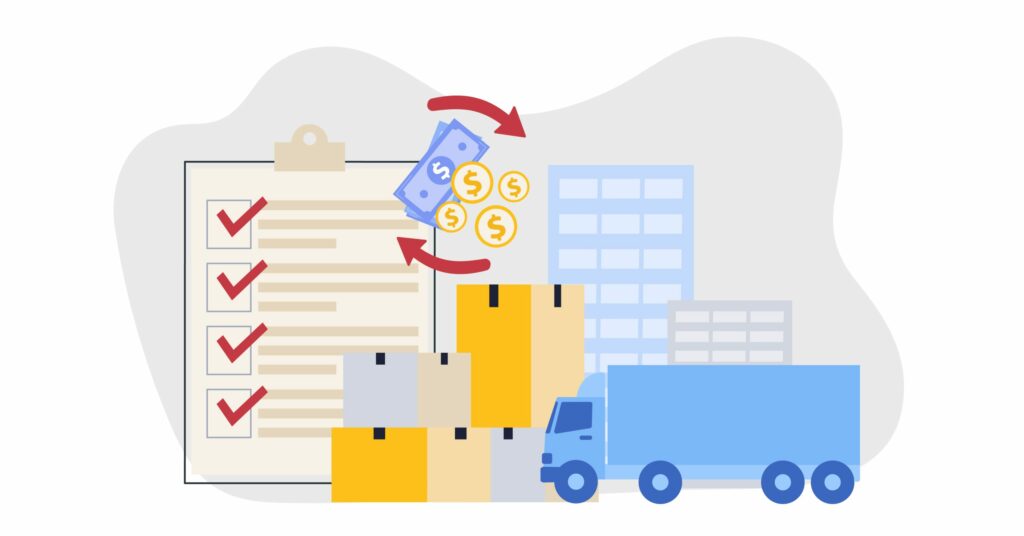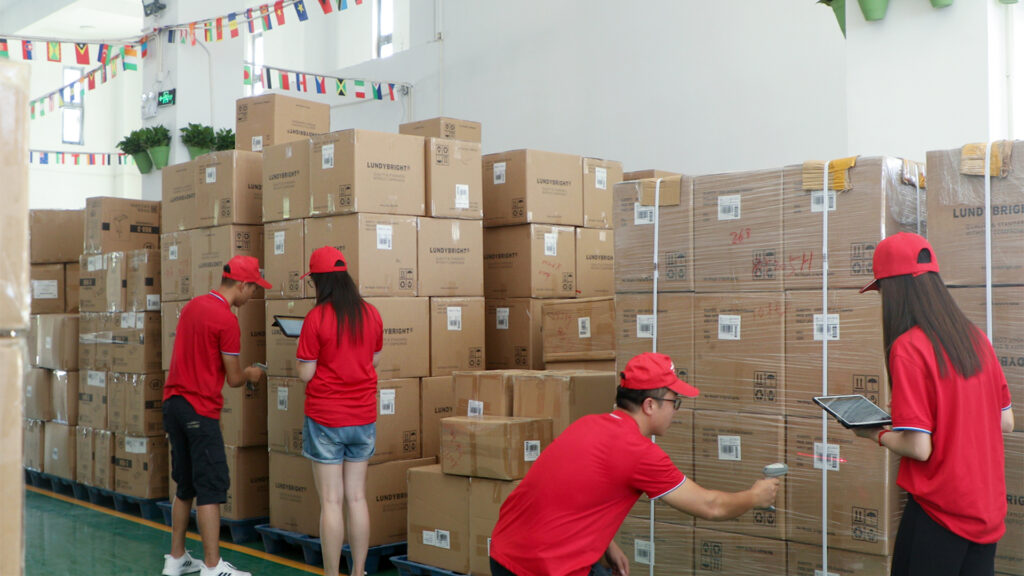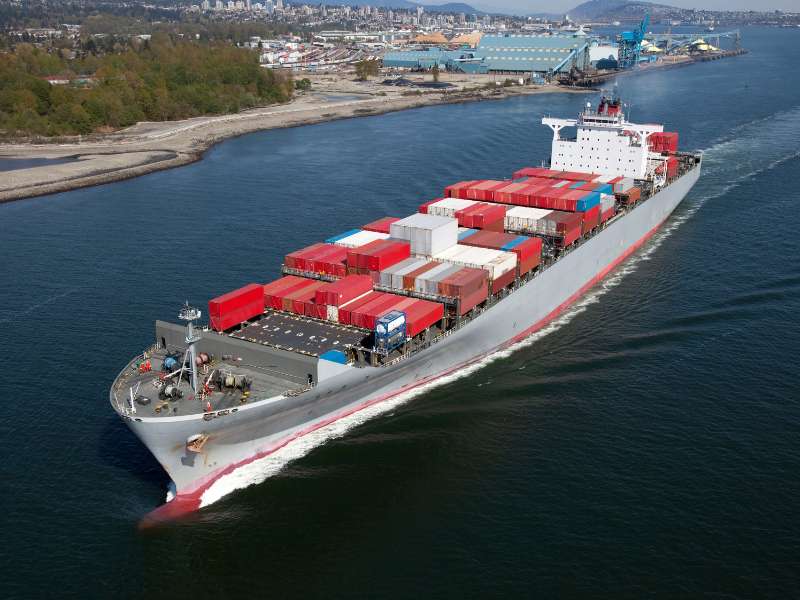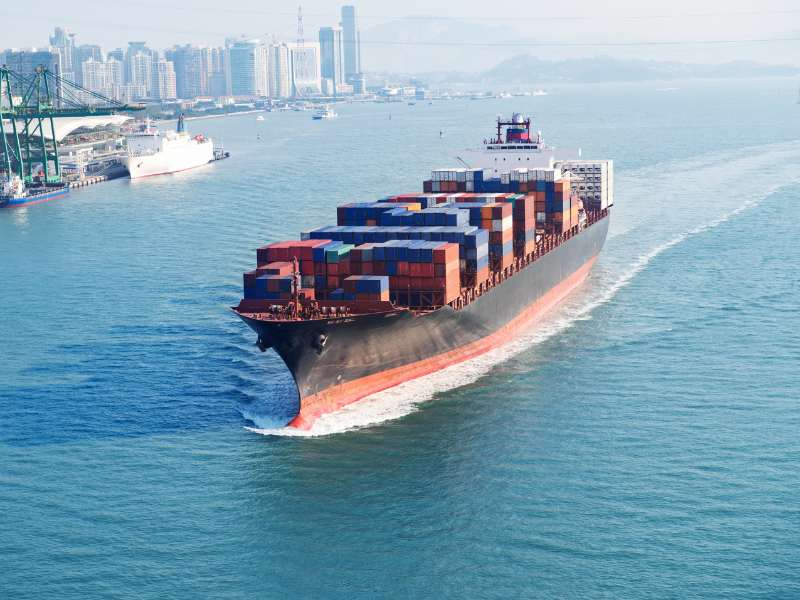What is LDP shipping from China to USA? Do you know about LDP shipping of textiles and apparel for export to the US?
LDP is the abbreviation of “landed duty paid”, and DDP is the abbreviation of “delivered duty paid”.
LDP/DDP=FOB price + destination country tax + shipping fee + customs clearance fee. The consignor shall bear all costs and corresponding responsibilities, and the consignee only needs to wait for the goods to be put into storage.
All need home delivery. The whole process is from the factory to the US warehouse, including cargo transportation, insurance and US customs clearance, tax payment, and delivery.
LDP shipping from China to USA is equivalent to. DDP shipping from China to USA, and these two terms are often encountered when dealing with U.S. customers. Officially, DDP needs to designate a customs clearance company at the port of destination for customs clearance, while LDP does not.

How to calculate the rates of LDP shipping from China to USA?
Calculating your LDP costs can be challenging. Ask a price that’s too low and you risk losing a lot of your potential income. Estimate too high and you could lose sales to your competitors.
Depending on the duties, taxes and distance between the manufacturer and the local distribution center, the CIF tax paid can vary widely.
LDP shipping from China to USA can be calculated using the following basic formula:LDP = customs + shipping + overhead + risk
Customs
Each country has its own regulatory agency to monitor trade in and out of the country. Be sure to check with your local government how much you have to pay for customs.
Shipping
LDP shipping from China to USA include costs for fabrication, handling, handling, packaging and shipping. Depending on how you import your goods, you may have to pay additional ocean, air and inland LDP shipping charges.
Management fees
Additional costs such as exchange rates, procurement duties, due diligence costs, etc. are included in the overhead.
Insurance
Insurance includes everything you pay to protect your product. That means all costs for insurance, quality assurance and compliance.

Difference Between DDP and LDP shipping from China to USA
DDP vs LDP shipping from China to USA has been a bone of contention. Different buyers have different preferences when buying products across borders. Some people prefer DDP shipping, while others prefer LDP shipping.
Under DDP (Delivered Duty Paid), the seller is responsible for delivering the goods to the buyer at the risk of duties, taxes and other charges.
There are pros and cons to both DDP and LDP shipping methods. While in LDP shipping you have more control over the fees, duties and other related charges you pay in transit, you are responsible for anything that happens when the goods leave the seller’s warehouse.
On the other hand, with DDP shipping, everything is handled by the seller on behalf of the customer, but you may end up paying more compared to LDP shipping from China to USA.
Risks of LDP shipping from China to USA
Under LDP terms of trade, the seller is not only responsible for the cost and insurance of the entire shipment, but also for customs clearance, tax payment and delivery to the destination country. Although LDP involves customs clearance risks, as long as the goods are not counterfeit or contraband, customs will not confiscate them.
And under the accurate version of the goods and information, China and the United States officially double customs clearance, and the risk can be resolved naturally by reporting the situation truthfully. For collection, it is recommended that both the buyer and the seller formulate a perfect sales contract in advance to better control this link.
Freight forwarders lack professionalism
In order to pick up the goods, the freight forwarder initially accepted it, but after the goods arrived at the destination port, they found that the customs clearance procedures were incomplete and could not be cleared. At this time, the shipper receives the message and can only temporarily change the freight forwarder. After the goods arrive at the port, it is enough to find an agent to undertake them, which not only makes people anxious, but also may delay the original delivery time.
Lag in obtaining information
After the temporary change of freight forwarder, no matter whether the goods arrive at the port, whether the United States has released customs clearance, and when to make an appointment with the consignee for delivery, the information will be greatly reduced when it is finally implemented into the hands of the consignee, making it a passive state.




